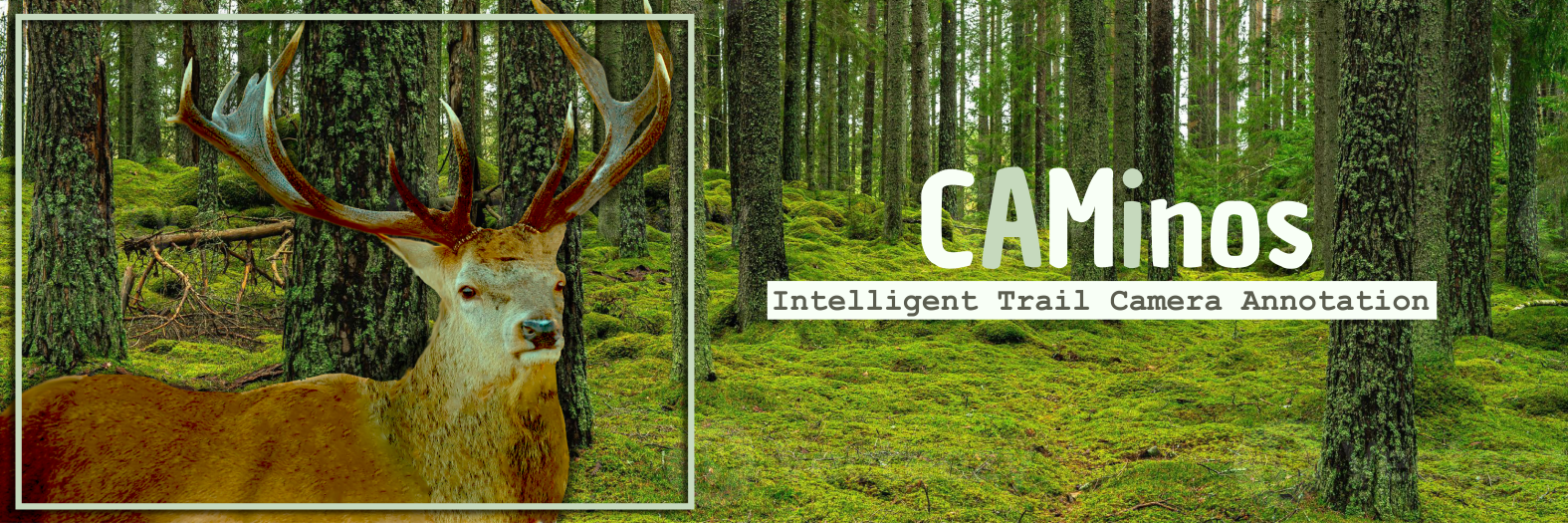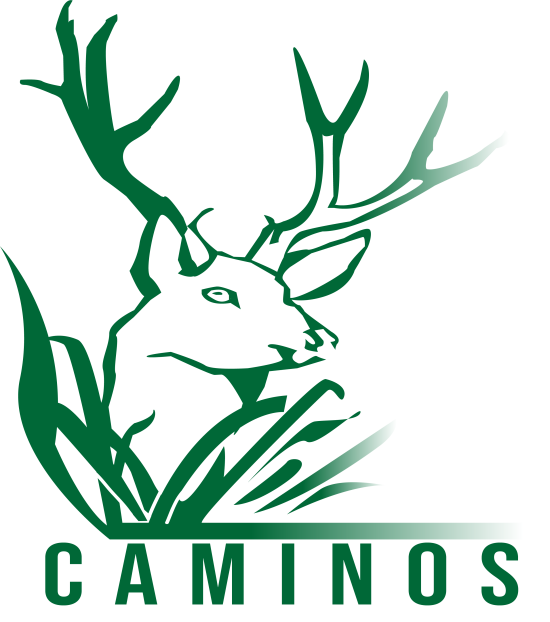Caminos: Intelligent Trail Camera Annotation
Camera traps allow scientists and conservation agencies to observe wildlife in various ecosystems and environments in order to understand complicated patterns of migration, changes in populations, behavior in the wild, and animal interaction (to name a few). This is followed by tremendous amounts of manual work to label and annotate these images, which is often crowdsourced to volunteers. Classifying all photos is tedious and error prone for volunteers who are often not animal experts, and are simply interested in the outdoor experience and viewing interesting photos. This creates an annotation bottleneck and delays critical answers to conservation questions so long that by the time the data is available for analysis, the data collected may no longer be relevant. Our project aims to improve this current paradigm of manual, crowdsourced annotations by implementing machine-learned recommendations to help fuel public conservation efforts.
Caminos applies computer vision to trail camera images to help automate the annotation process. Our deep learning system predicts both the animal species and the count of animals caught on trail camera images using an ensemble approach that consists of both object detection and classification algorithms. These predictions are then supplied as recommendations to users as they label images in our custom-built annotation tool. Caminos streamlines the annotation process for users, resulting in much faster annotation times and providing a valuable resource and blueprint to accelerate conservation decision-making.











